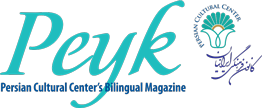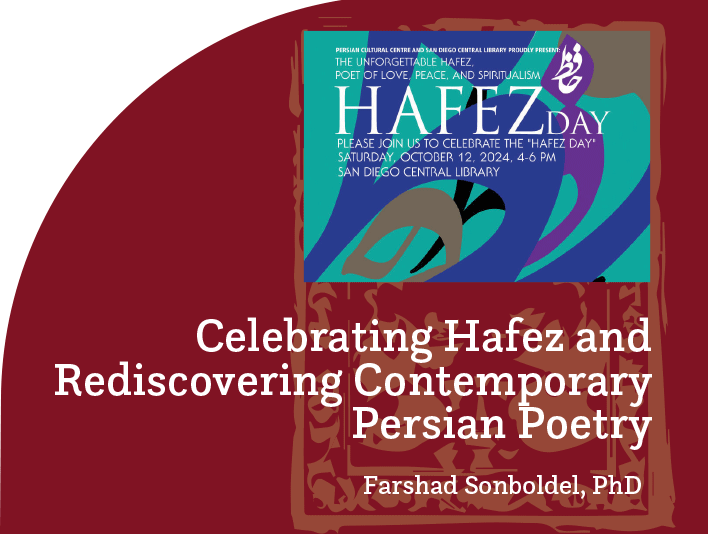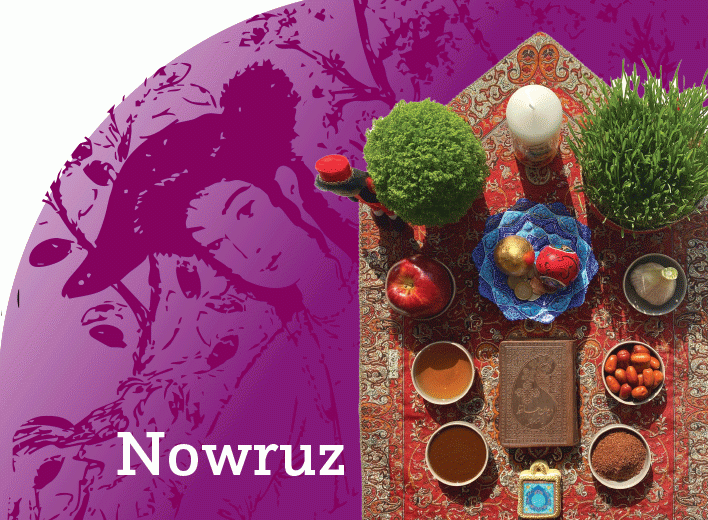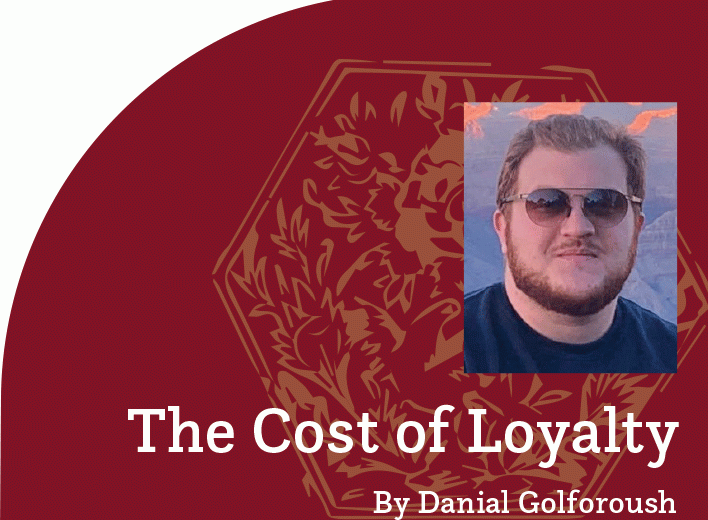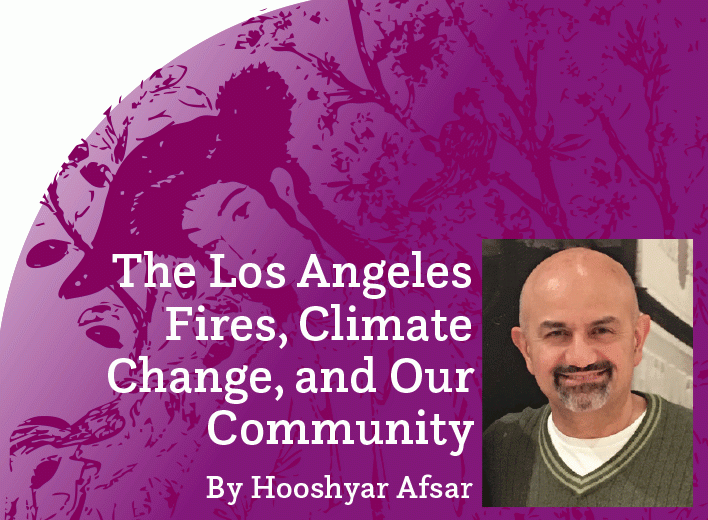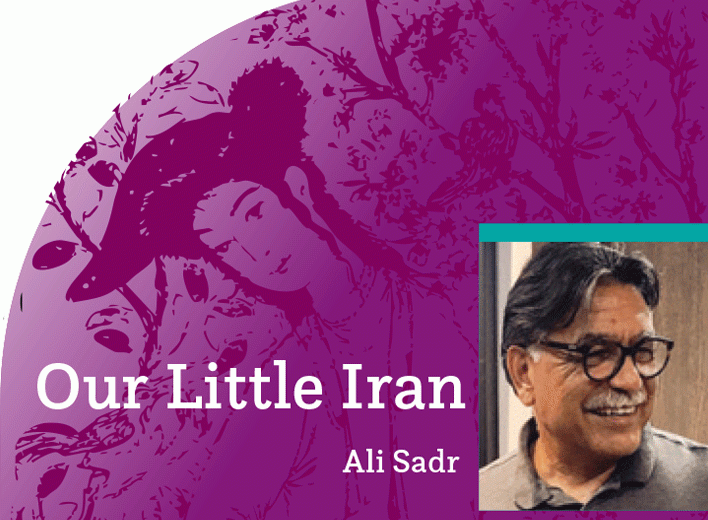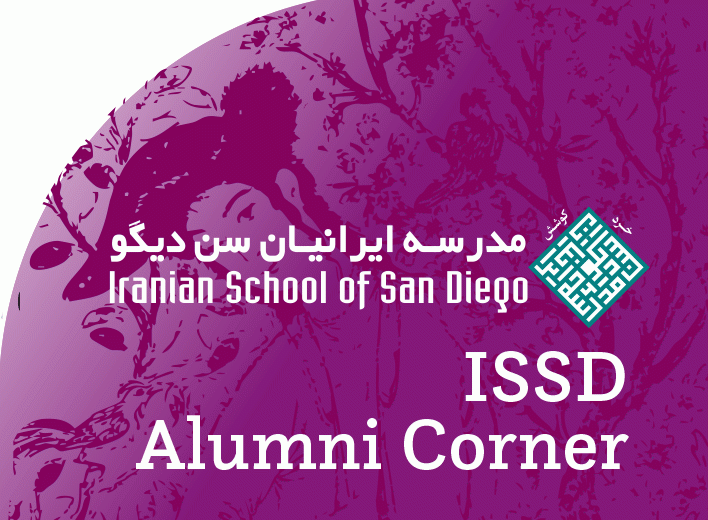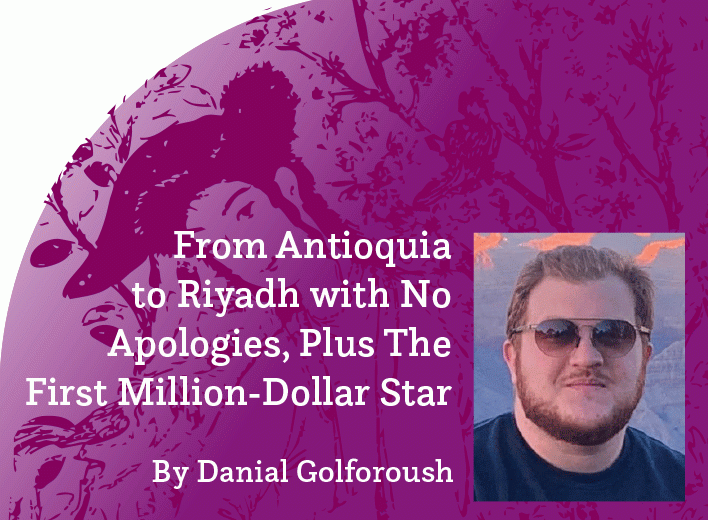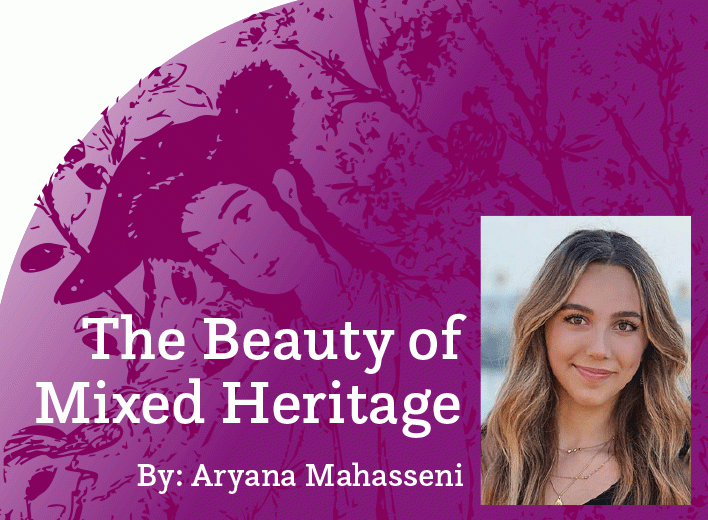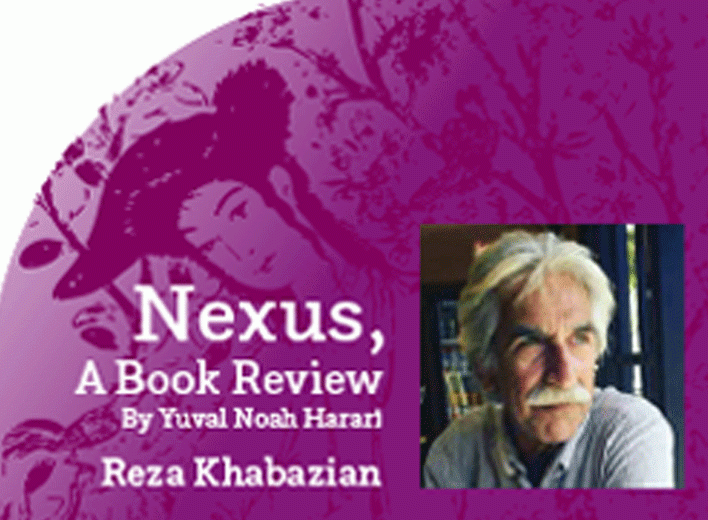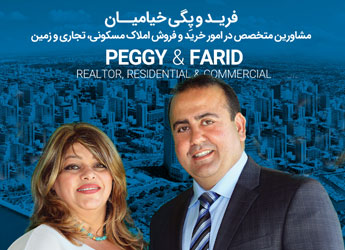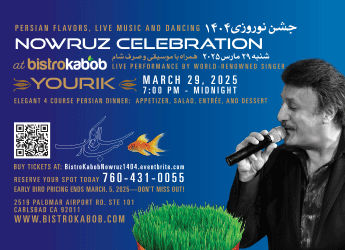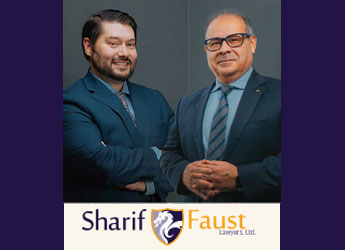Celebrating Hafez and Rediscovering Contemporary Persian Poetry
Farshad Sonboldel, PhD
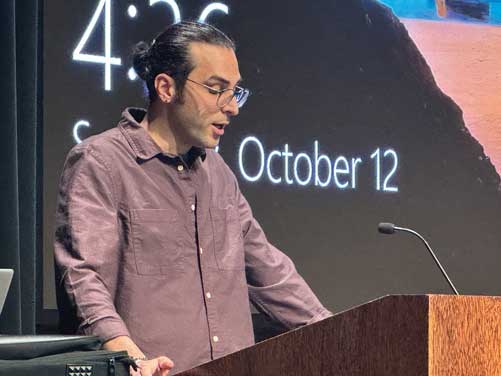 This talk was presented at the 5th annual Hafez Day celebration organized by Persian Cultural Center and San Diego Central Library, held on October 12, 2024.
This talk was presented at the 5th annual Hafez Day celebration organized by Persian Cultural Center and San Diego Central Library, held on October 12, 2024.
Good evening, everyone.
It is a true honor to be here today, celebrating the 5th annual Hafez Day with this wonderful community. Hafez holds a special place in the hearts of all Iranians—and, indeed, in the hearts of poetry lovers around the world. His work is the embodiment of Persian literary genius, with its lyrical beauty, philosophical depth, and timeless exploration of the human experience. So, as we come together to celebrate Hafez, I want to take this opportunity to talk not only about the immense value of our classical poets, but also to invite you on a journey into modern and contemporary Persian poetry, especially the poetry of the past few decades in Iran.
I believe that today, more than ever, it is important to reconnect with the poetry being written in Iran right now. While Hafez and other giants of Persian literature such as Rumi, Saadi, and Ferdowsi continue to inspire us, there is a vibrant and evolving world of contemporary Iranian poetry that reflects the realities, struggles, and triumphs of modern-day Iran.
The truth is, many of us, as Persian speakers and poetry lovers, have become disconnected from this new generation of poets. We find ourselves turning back to the canon, reading and rereading what we know—what we grew up with. While this brings us comfort and a sense of cultural continuity, it also distances us from the poetry that is actively engaging with the socio-political issues, the artistic experimentation, and the lived experiences of Iranians today.
I. The Persian Literary Canon and the Iranian Diaspora
Let us begin by acknowledging the central place that Hafez and the Persian literary canon hold in our collective consciousness. Hafez’s poetry has been a constant companion to Iranians for centuries. His divan is found in homes across the world, consulted in moments of joy and sorrow alike. His ability to blend the spiritual with the earthly, to find profound meaning in the ordinary, and to speak truth to power through subtle metaphors is unparalleled.
However, while we honor our poetic fathers like Hafez, we must also ask ourselves: Are we as connected with the poetry being written today as we are with these giants of the past? When was the last time we picked up a book of poetry written by a contemporary Iranian poet? For many of us, the answer may be “not recently.” And that’s understandable—after all, the classics are timeless. But if we limit ourselves to the past, we risk losing touch with the living, breathing tradition of Persian poetry that continues to grow and evolve.
Persian poetry is not a static entity. It did not end with Hafez. It is a living tradition, one that continues to adapt and respond to the world around it. Over the past century, Iranian poets have carried forward this rich legacy while also innovating, challenging, and expanding the boundaries of Persian poetry.
Consider the work of Ahmad Shamlu, one of the most influential modern Persian poets. Shamlu’s poetry is deeply political, reflecting the social struggles of twentieth-century Iran. His poetry intertwines themes of personal love with the broader fight for freedom, much like Hafez did in his own time, using metaphor to critique the power structures of society. Shamlu shows us that the lyrical beauty and metaphorical depth of Persian poetry can coexist with sharp social commentary. His work connects the classical tradition to the realities of modern Iran.
Then there is Forugh Farrokhzad, a poet who redefined what Persian poetry could be. As one of the first major female voices in modern Iranian literature, Farrokhzad’s work was revolutionary. Her poem Another Birth (Tavalodi Digar) is a meditation on personal and cultural rebirth, and it speaks to the human experience in a way that is both intimate and universal. Farrokhzad’s boldness, her willingness to speak openly about desire, identity, and societal norms, transformed the landscape of Persian poetry.
These poets—Shamlu and Farrokhzad—represent a bridge between the classical and the modern. They embraced the tradition of Persian poetry while also pushing it in new directions, responding to the unique challenges and opportunities of their time.
Today’s Persian poets have not only built upon the foundations laid by Ahmad Shamlu and Forough Farrokhzad, but they have also transcended their achievements, exploring new thematic territories and employing innovative styles that reflect the complexities of contemporary life. These poets are unafraid to confront the realities of existence in a rapidly changing world, blending personal narratives with broader socio-political commentaries. Their work engages with issues such as identity, migration, gender, and the ongoing struggles for freedom and human rights in Iran.
For instance, poets like Atefeh Chahrmahaliyan and Pegah Ahmadi push the envelope of poetic expression by intertwining their art with activism. Chahrmahaliyan, in particular, uses her poetry as a tool for advocacy, addressing the limitations placed on women and artists in Iran. Her work embodies a fierce determination to articulate the voices of those who have been silenced, making her poetry not just an aesthetic experience, but a call for social change.
Ahmadi, as a member of the Iranian diaspora, captures the emotional weight of exile and dislocation, providing a nuanced perspective on the immigrant experience. Her poems explore the feeling of being caught between two worlds, celebrating cultural heritage while also grappling with the realities of separation and longing. The way she employs language is distinctly modern, reflecting the influences of global poetry while remaining rooted in the Persian tradition.
The two examples mentioned are just a few of the new generation of Iranian poets who have had a profound influence on the way the new generation of poetry lovers perceive the world today. In addition to these poets, I would also like to mention Ali Asadollahi, Shahin Shirzadi, Negin Farhud, Parimah A’vani, Samira Yahya’I, Sadi Golbayani, and many others.
While these contemporary poets are expanding the horizons of Persian literature, the unfortunate reality is that many Iranian readers, especially within the diaspora, maintain a weak connection to their work. This disconnect can be attributed to several factors. First, the prevailing focus on the classical canon in Iranian cultural and educational institutions often overshadows modern and contemporary poetry. As I mentioned earlier, many academic programs prioritize the classics, leaving little room for the exploration of newer voices. This practice not only limits access to contemporary poetry, but also reinforces the notion that anything outside the canon is of lesser value.
Moreover, the Iranian diaspora frequently finds itself in a complicated relationship with its cultural heritage. Many individuals seek solace in the familiar verses of Hafez, as his works evoke a sense of nostalgia and identity. However, this reliance on the past can lead to a reluctance to engage with contemporary literature that challenges their perceptions or that feels disconnected from their experiences. In a sense, the diaspora can sometimes perpetuate a static view of Persian literature, where only the past is celebrated, and modern experimentation is seen as foreign or unrecognizable.
Additionally, there is often a lack of accessible translations and discussions surrounding contemporary Persian poetry. Many of the modern poets who are producing vital work may not yet be widely translated, or their poems may not be easily available in formats that are accessible to non-Persian speakers. This limits the potential audience for their work, particularly within the diaspora, where many individuals may feel estranged from the language of their heritage.
The challenge, then, lies in bridging this gap. It is crucial for us as a community to actively seek out and promote contemporary Persian poets, to create spaces where their voices can be heard, and to encourage discussions about their work. By doing so, we not only honor the legacy of poets like Hafez, Saadi, Nima, Behbahani, Shamlu, and Farrokhzad, but we also embrace the living tradition of Persian literature that continues to grow and evolve in response to the world around us.
In celebrating Hafez and the rich tradition of Persian poetry, let us also commit ourselves to discovering and uplifting the voices of today’s poets—our contemporaries. Let us recognize that, much like Hafez himself, these modern poets are experimenting, questioning, and innovating within the realm of Persian literature, and they deserve our attention and support.
II. Today’s Poetry and the Socio-Political Realities of Modern Iran
If we truly want to understand modern Persian poetry, we must also consider the socio-political context in which it is written. Poetry has always been a means of resistance in Iran. From the time of Hafez, who used his poetry to critique the religious and political leaders of his day, to today’s poets who write under the shadow of censorship, poetry has been a tool for expressing dissent and longing for change.
The 1979 Revolution was a turning point in Iranian history, and the poets of the post-revolutionary era have had to navigate a complex landscape of hope, disillusionment, and repression. Pre-revolutionary poets who continued their work after the revolution, such as Simin Behbahani, Mohammadali Sepanlu, and Manuchehr Atashi, used their poetry to speak out against the injustices of their time. In more recent years, poets like Ali Asadollahi have carried forward this tradition of politically engaged poetry. Asadollahi’s work reflects the struggles of a new generation of Iranians who are fighting for their rights in the face of censorship and repression.
The poetry of today’s Iran is deeply intertwined with the country’s political and social realities. It gives voice to the frustrations, hopes, and dreams of a generation that is grappling with issues of censorship, repression, and the struggle for freedom. In this way, modern Persian poetry continues the legacy of Hafez and other classical poets who used their art to speak truth to power.
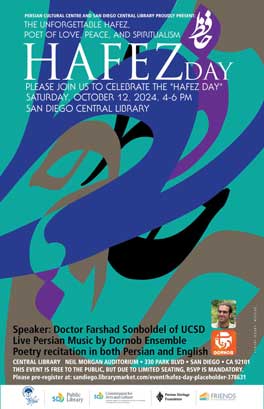
III. The Disconnect and the Trap of “Good Taste”
As I mentioned earlier, despite the richness of contemporary Persian poetry, there is a growing disconnect between these modern voices and the broader Iranian community, particularly in the diaspora. Many of us continue to turn back to the classics, to the canon, because it represents our cultural heritage. There is a sense that by reading Hafez, Rumi, and Saadi, we are safeguarding something precious—our “good taste” in literature, if you will. But in doing so, we risk shutting ourselves off from the new and the experimental, from the poets who are shaping the literary landscape of today.
For those of us who recommend literature to others—teachers, scholars, or simply poetry enthusiasts—this fixation on the canon can be even more damaging. By holding onto an idea of “good taste” that is rooted in the past, we unintentionally discourage others from exploring new works and new voices. We limit our understanding of what Persian poetry can be, and we prevent a larger group of Persian speakers from engaging with the exciting developments happening in Iranian literature right now.
In reflecting on the state of Persian literary studies, we must confront a reality: the exclusion of modern and contemporary Persian literature from both academic curricula and pleasure reading lists is not simply a matter of oversight, but an intentional practice designed to preserve a certain “good taste.” This phenomenon, which has permeated both Persian literature programs in Iran and the diaspora, is deeply rooted in the reverence for the classical canon and the belief that classical works are inherently superior to modern or experimental ones.
The forces behind this marginalization are numerous and complex. Conservative academics, deeply invested in the canon of classical Persian literature, saw modern and contemporary works as a threat to the “sacred cultural heritage” they sought to protect. They argued that modern works lacked the aesthetic and moral qualities necessary to be considered true literature. This is part of a larger narrative that equates literary taste with moral and intellectual superiority—a belief that those who engage with the classics are somehow more refined, more capable of discerning what is “good” and “worthy” in literature.
The consequence of this exclusion is that we, as readers, perpetuate a disconnection between the Iranian community and the contemporary literary landscape. By focusing exclusively on the past, we fail to engage with the vibrant, dynamic voices of today’s poets. We deny ourselves the opportunity to see how Persian literature continues to evolve, and we prevent future generations from fully understanding the depth and diversity of their own literary heritage.
The marginalization of contemporary literature is not just an issue within academia—it affects the broader cultural landscape. By restricting access to modern works, we risk alienating new generations of readers, our children, who may not find their realities reflected in the poetry of the past. Modern poetry offers something unique: it addresses the socio-political struggles, the personal and collective identities, and the artistic experimentation that defines contemporary Iran. The new generation of poets, who I mentioned earlier, offer perspectives that speak directly to the challenges of today, while maintaining a deep connection to the legacy of Persian poetry.
In the spirit of Hafez, whose own work challenged the status quo and spoke truth to power through poetry, let us recognize that the “good taste” we so often seek to preserve must itself evolve. Hafez did not adhere to the literary norms of his time—he forged new paths, blending the mystical and the earthly, the personal and the universal. The poets of today are doing the same. By engaging with their work, we not only honor the tradition of Persian poetry, but we also ensure that it remains relevant for generations to come.
Thank you.
Farshad Sonboldel is the World History and Cultures Librarian at the University of California, San Diego. He earned his Ph.D. in Modern Languages from the University of St. Andrews in the UK, following a Master’s in Persian Language and Literature from the University of Tehran, Iran. In addition to his academic research background and publications in English, he is an award-winning poet, literary critic, and researcher in Persian.
